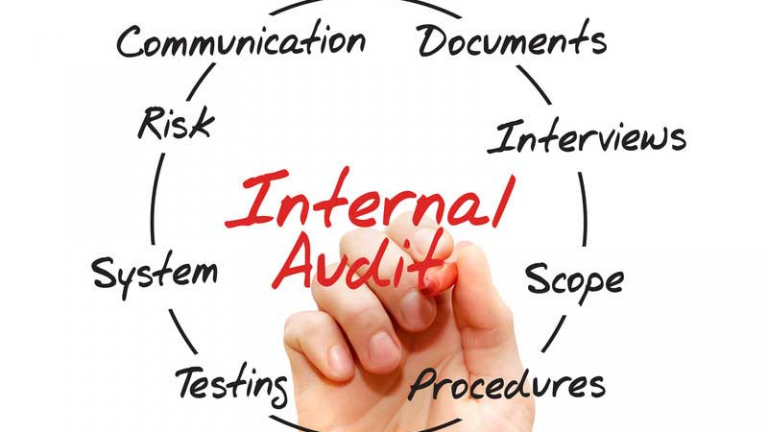Evaluation of Internal control System refers to the examination and monitoring process of the effectiveness of an organization and firm in order to understand and determine business performance effectively. Internal control systems within the organization are important for assessing risk management factors by controlling fraudulent activities.
A robust evaluation of internal control management systems helps to monitor uncertain risks of fraudulent activities and moderates the requirements of additional audit processes. The evaluation process becomes important due to the following reasons:
– Separation of duties partners & stakeholders within the organization
– Checks & Balances issues
– The requirement of safeguarding according to records
– The need to check competencies of accounts departments within the company.
– Competence and effectiveness of the business entities’ internal audit functions.
The Steps involved in the evaluation process of Internal Control:
– Determination of extent & types of controlling being used by the client.
– Determining which of these controls the auditor needs to reply on.
– Based on the first two steps, determining which audit procedure should be expanded or reduced.
– Making recommendations to the client regarding how to improve its systems of internal controls.
– The last step is to improve and control the environment for the auditor.
Internal Controls Represent safeguards that protect a company’s business operations and financial information. Business owners can be typically responsible to develop and implement internal controls for a company. Owners can use internal and external controls systems to evaluate and complete the auditory process within controls. This evaluation of the internal audit generally adopts the following checklists.
Step 1: Monitoring Client Control Risk:
During internal control, the auditor needs to monitor the client’s control risk this procedure involves control risk evaluation, monitoring external factors and more. Evaluating the steps are given below:
Risk Control Evaluation: According to Sarbanes Oxley Act 2002 & studies it is observed that the management of public sector & trades need to create a self-assessment document in written at this stage, which demonstrates how well they believe in internal control and which kinds of auditory compliances they use to control internal system. In this step, auditors initiate, authorize to record, monitor and report the significant process they identify while checking the efficiency of the business and assess misstatements and errors.
Considering External Factors: in these steps, auditors generally evaluate all external environmental influences that may impact financial decisions of companies, such as state of an economy, changes in technology, changes in laws, regulations and GAAP.
Step 2: Self Assessment Procedure:
In this step, business management needs to review self-assessment and keeping management updated:
– Management should focus on controlling the accounting section for making it significant
– Auditors have to collaborate with the management to control risk factors and their impact on the business.
– Assessment on the designs and operations to manage the effectiveness of auditing compliance.
– If a company has multiple companies in different locations, then the auditor needs to make logical decisions to segregate the duties and responsibilities of the team within companies.
– Finalizing the self-assessment logical plan is written to come up with a conclusion related to the business performance of the company.
– For the final assessment, auditors generally use questionnaires to evaluate internal control systems. This helps to gather information related to business strategies, types, location, stakeholders and financial responsibilities of each stakeholder.
Step 3: Control Tests Design
After reviewing the financial statements and management self-assessment documents it is necessary to understand, observe, and design the business’s test control business control process to decide which process would be used for business performance testing. It helps to operate a business efficiently and monitor performance effectiveness in order to carry out a few things:
Talk to Clients: Asking them a question about business performance, their interest by carrying out the duties and responsibilities and discovering the policies to understand business objectives.
Looking ast Client Documents: These sources of documents such as invoices, payment slips, bills, inventory documents and other paperwork help to take a backup of all information that helps while auditing financial statements of the organization.
Conducting Walkthroughs all documents: Walkthrough documents procedure refers to tracing the documents and invoices while making financial reporting. In this audit control include all the information that is necessary to complete the requirement and work on the interests of stakeholders, In fact, they check how to transact the business transactions and inspect them to reduce risk and fraudulent activities.




